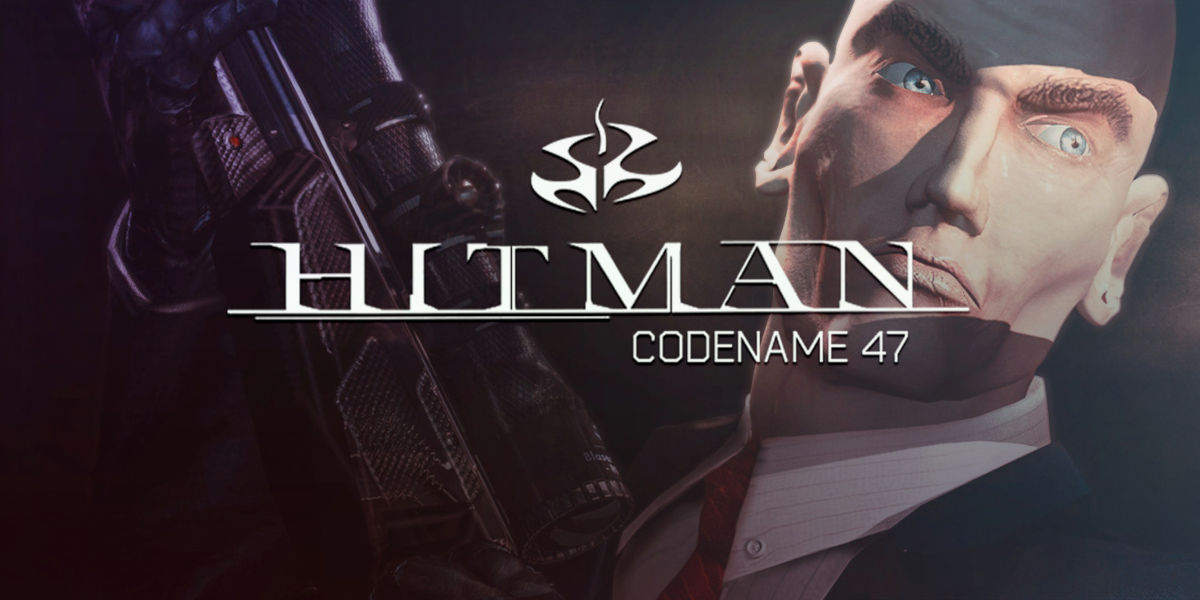Taking a few steps back to the year 2000, a revolutionary game hit the shelves that would redefine the entire landscape of stealth-based genre of video games - the inception was none other than the infamous Hitman franchise, with Hitman: Codename 47 as its pioneer. This game introduced stealth gameplay mechanics unlike anything seen before, and its mission design was so engaging, it had the audience riveted from the get-go. But, as a two-decade-old game, one might wonder, why is the first Hitman still worth playing?
Breaking Down the Stealthy Brilliance of Hitman: Codename 47
Part of the allure of the Hitman: Codename 47 stealth gameplay is about understanding and responding to the real-time unfolding of events instead of mindlessly shooting through hordes of enemies. The concept of stealth was not new to the gaming community when Hitman was launched; games like Metal Gear Solid were already capitalizing on it. However, Codename 47 took it a notch higher by amalgamating it seamlessly with the environment, making it appear as if the whole world was at your disposal and each decision you make could potentially change the course of your mission's fate.
Hitman: Codename 47 propelled the idea forward by introducing the unprecedented 'Social Stealth' – allowing players to blend in the surroundings with disguises, acting out as the enemy to avoid detection. This gameplay mechanic, along with the vast array of weapons and tools, provided the players an incredibly immersive experience. It was a tasteful departure from the traditionally linear games of the time, giving gamers the freedom to strategize and approach missions their way. It's no wonder why fans today still hold Hitman: Codename 47 in high regard.
The Edge of Codename 47 Mission Design
Mission design in Codename 47 was groundbreaking, to say the least. Instead of churning you through multiple levels of the same template, each mission presented in the game felt like a puzzle waiting to be solved, which inevitably gave the game long-lasting appeal. The narrative wasn't just handed to players; it was neatly wrapped within the levels' environment, making environmental exploration a necessity. This unique approach kept the players engaged and curious, making every level a thrilling and rewarding experience.
The methodical buildup of missions in Hitman: Codename 47 enticed gamers to explore different strategies by introducing various targets, each leading to a climactic showdown. Each level unfolded like a standalone story, rather than serving as bridges to the game's end. This level-centric approach, layered with multifaceted gameplay, allowed IO Interactive to build highly replayable missions, which is an indisputable accomplishment.
Masterful Executive of Deception
The release of Hitman: Codename 47 in 2000 by developer IO Interactive marked a significant revolution in the gaming industry. This game introduced a concept that focused more on the player's capacity to strategize and operate discreetly, than the standard run and gun approach. Agent 47, the game's bold, bald executioner, became an emblem of this innovative stealth genre.
The first element that set the game apart was its unique emphasis on discretion. Hiding in the dark corners, disguising oneself as an unsuspecting guard, or silently taking down an opponent from afar was no longer seen as subsidiary, but necessary for survival. This thrilling espionage-like aspect of gameplay was unusual at that time, making Hitman: Codename 47 a pioneer of stealth games.
Pioneering Mission Blueprint
Yet, stealth was just one half of the equation that made Hitman: Codename 47 groundbreaking. Equally important, if not more, was the way IO Interactive approached mission design in the game. Each mission came with multiple ways of completion, opening up to a varied range of player actions and scope for improvisation.
The game consistently emphasized strategy and forced players to think, plan, and make smart decisions. The player's freedom in approaching missions and the detail in the world design presented rich, replayable gaming content. This player-led innovation in gameplay mechanics set a benchmark for future stealth games.
The Meticulous World Building
Attention to detail played another essential role in the success of Hitman: Codename 47. Whether it was the intricately designed levels or the AI's responsive nature, the world within the game felt alive and interactable. The options to blend into the crowd, or to cause a distraction by messing with the environment, augmented the overall player experience.
IO Interactive went a step further to incorporate real-life logic into the game. For instance, running was considered suspicious, and disguises could be seen through if players acted out of character. The game had succeeded in creating a world where every action had a consequence, further solidifying its position as a leader in the stealth genre.
Legacy and Inspiration
The release of Hitman: Codename 47 did more than just introducing stealth and diversified mission designs to the gaming industry. It challenged players to think, laid down a foundational blue-print in the stealth genre, and set the stepping stone for its successors. Its innovative gameplay, engaging mission design, and risk-taking approach to gaming mechanics continue to inspire a new generation of game developers.
In conclusion, Hitman: Codename 47 was not just a game, but a revolution – the birth of stealth gameplay and engaging mission design. Agent 47, and the world he navigates, continue to cast a long shadow over the genre, underscoring the game's lasting influence in the industry.




